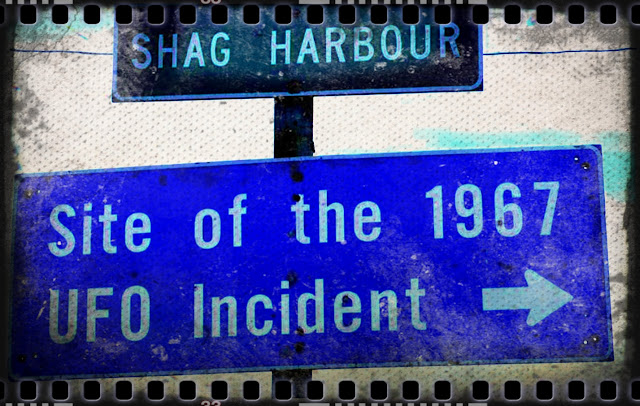Beebe's Abyssal Fish
Between 1930 and 1934 naturalist William Beebe reported on a number of amazing discoveries he and inventor Otis Barton had made in Barton's Bathysphere. These discoveries were made deep of the Bermuda coast and they reported many new undocumented fish and see creatures these have never since been found outside of these expeditions and are to this day still not officially recognised by science.
photo from William Beebe, (William Beebe onthe left and Otis Barton on the right) Nat Geo Image Collection.
The Bathysphere was an interesting piece of technology, it was in essence a spherical unpowered deep sea submersible that was lowered in to the ocean and was capable of depths of over 3,000ft (nearly 1km). A record that stood for 15 years. The Bathysphere made it possible for the naturalist to observe the deep sea creatures in there natural environment. This was as monumental moment as this was the first time this had been able to happen.
On these dives Beebe described at least 5 new as yet unknown sea creatures. He observed these creatures as they swam past mere feet away and illuminated by the Bathysphere light. Some of these fish bore striking similarities to species already described but larger others had no counterpart in marine biology. Unable to photograph the creatures as this was simply not possible at the time with current technology Beebe had to take exhaustive notes and sketches as fast as he could while the fish were visible. He described creatures glowing with bioluminescence, longe tentacles and large razor sharp teeth. Once back at the surface these notes along with the sketches were given to Else Bostlemann who turned them into fantastic pictures. He was helped in the identification of the creatures by lab assisstant Jocelyn Crane Griffin. Gloria Hollister Anabel was the Chief Technical associate for the department of tropical research and as such provided the only means of communication with the men nearly a kilometre down. Anabel would set her own record by depending 1,208ft wich was the furthest decent by a woman.
These expeditions were only made successful by the women on the deck of the ship and at the research base in Bermuda from which the Bathysphere launched they would record the descriptions from Beebe, translate these into amazing images and most importantly provide the only lifeline from the deep sea to the surface via a telephone cable. Beebe had been ridiculed for including women in his team and had been told it de-professionlised the field of research. He simply stated he had picked his team based on their sound ideas and scientific research. This was truly a team effort and the results if believed were outstanding. These findings would later be made in to a book written by Beebe called Half Mile Down.
Beebes himself is regarded as one of of the founders of ecology and also strongly believed in conservation. He is seen as an inspiration to many pushing the boundaries of known science and technology and being rewarded with seeing creatures no one else on the planet has ever witnessed.
Read more about Beebe and the Bathysphere here, here and here.
Until next time thanks for reading.
RTI





Comments
Post a Comment